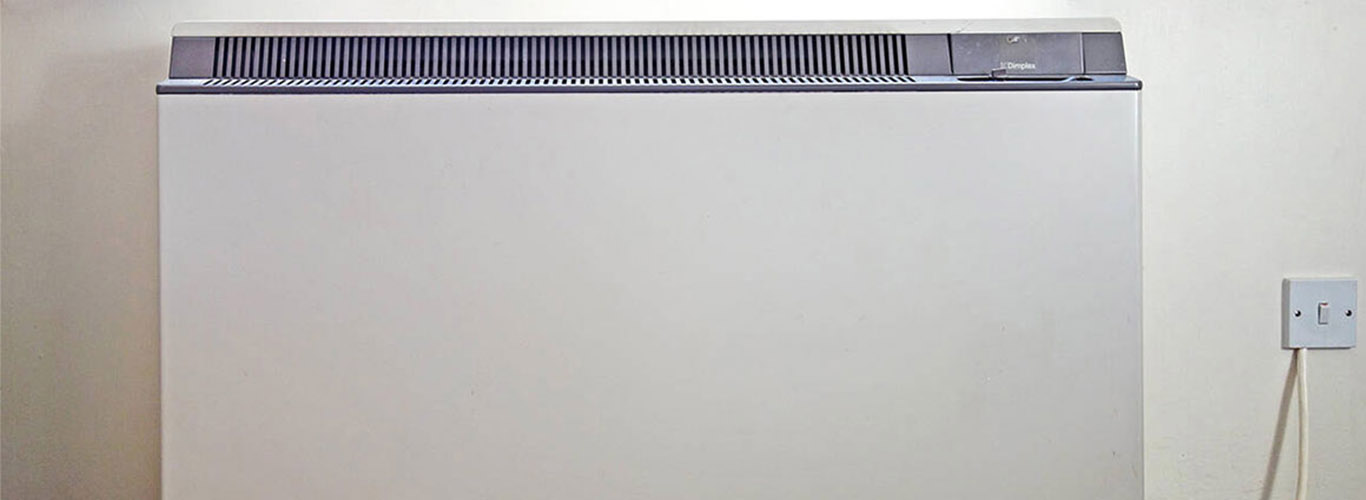A central heating system, especially in winter, is one of the crucial parts of a home. Heating is more required in the colder climate in the UK, which explains why 90% of homes depend on central heating systems. These systems may run on a gas or electric boiler at the back of your home, providing heat and hot water.
Before choosing the right one for your home, one must comprehend the system thoroughly.
What is Central Heating System?
A central heating system generates and distributes heat throughout the building via underfloor heating, pipes, boilers or radiators. It provides heat by producing through air, water or steam. It is normally mounted in the attic, garage or basement with the boiler.
Furthermore, these central heating systems can be combined with other systems to form a Heating, Ventilation, and Air Conditioning system.
Central heating systems are used by all contemporary buildings, such as:
- Offices
- Hotels
- Shopping centres
- Retail shops
- Restaurants, etc.

What are the types of Central Heating Systems?
There are four types of central heating systems, which are called:
- Warm air system
- District heating system
- Wet central system
- Electrical storage heating system
Wet System
In a wet central heating system, the boiler heats water pumped through a network of pipes installed into the floor. The temperature, water pressure, and heat can be easily controlled through radiator valves. In the UK, this underfloor water central heating system serves a dual purpose: hot water for taps and heating for the building.
Further, there are several boiler systems like, tank and tankless; whereas a tankless system provides instant hot water, in the tank system, the hot water is stored in a tank in advance.
Warm Air System
Warm air systems are also known as dry central heating systems. They were immensely popular in the 1960s and 1970s; therefore, they can be seen in some older homes today. A variation of the dry heating system is installed in commercial buildings, which also circulates cool air.
A warm air system brings in cold air from outside, heated by a central boiler and circulated across the home via vents and ducts. To control the heat, the ducts can be opened and closed as a homeowner sees fit.
Note: Massive ducts must be fitted while constructing the building to avoid dry obtrusive systems.

Electrical Storage Heating System
The heat is stored overnight in the firebricks in the electrical storage heating system. When stored overnight, the heating is released into the house during the day. The system is cheaper and uses electricity on Economy 7 and 10 tariffs.
The electrical storage heating system mostly has individual heaters; however, they rely on the home’s electrical wiring systems to consume off-peak electricity.
District Heating System
A district heating system generates heat for multiple buildings in a specific area via insulated pipes and uses a single power source. In such a way, each homeowner would not have to install their own heating systems, which reduces energy bills and carbon emissions. This system benefits the entire district from heat and hot water distributed and delivered through the pipework.
However, only a few homes are powered by district heating systems.
Which Type of Central Heating System is Best for You?
- With a new gas boiler, a wet central heating system is one of the best ways to heat the home.
- If you are one of the homeowners using wet central heating system, switching to another one is unnecessary.
- But if you want to switch and reduce your carbon footprint, you may install hybrid heating, pairing your boiler with a heat pump.
- In conclusion, the least efficient boiler would be older than a decade ago. If you have a boiler that is more than 15 years old, you may need to replace it otherwise, it’s wasting your money and energy.
- New boilers are designed to consume less energy and leave less carbon footprint; hence environmentally friendly.
How Much Does a Central Heating System?
The entire cost of a central heating system will range from £3,000 and £5,000. However, the cost can vary and depends on the size of the property, the company and the type of boiler being installed.

